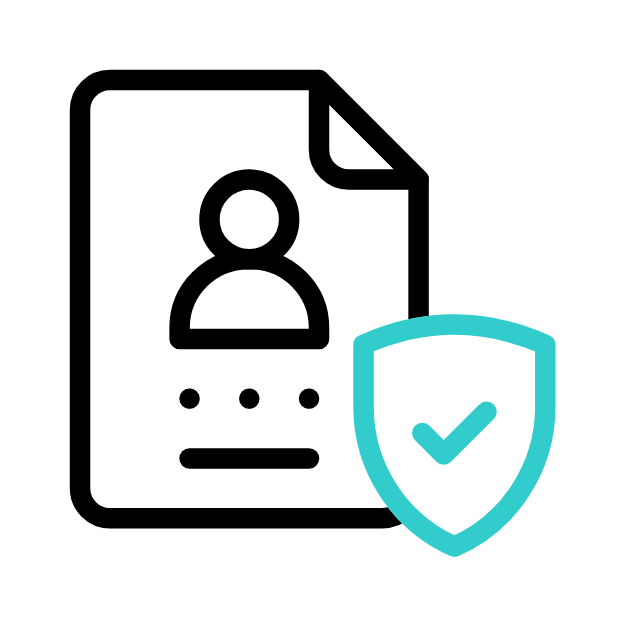GOALS AND OBJECTIVES OF APPLYING BLENDED LEARNING
Maqola haqida umumiy ma'lumotlar
Blended learning is an innovative concept of that embraces the advantages of both traditional teaching in the classroom and ICT supported learning including both offline learning and online learning. It has scope for collaborative learning: constructive learning and computer assisted learning. Blended learning needs rigorous efforts, right attitude, handsome budget and highly motivated teachers and students for its successful implementation. As it incorporates diverse modes so it is complex and organizing it is a difficult task. The present paper discusses the concept of blended learning, its main features and prerequisite of its implementation. By making in-person and online learning complementary, blended learning creates a truly integrated classroom where the needs of all types of learners can be met. Keeping students engaged, stimulated, and motivated also helps teachers to be more effective and make greater gains with their students.
1. Graham, C., Blended Learning Systems: Definition, Current Trends, and Future Directions. In: Bonk, C., and Graham, C. (Eds.), The Handbook of Blended Learning: Global Perspectives, Local
2. Ross. B., & Gage, K., Global Perspectives on Blending Learning: Insight from WebCT and Our Customers in Higher Education. In: Bonk, C., and Graham, C. (Eds.), The Handbook of Blended
3. Kaleta, R., Skibba, K., & Joosten, T., Discovering. Designing and Delivering Hybrid Courses. In:Picciano, A. and Dziuban, C. (Eds.), Blended Learning: Research Perspectives, Needham, MA: Sloan Center for Online Education (SCOLE), 111-143, 2007.
4. Garnham, & Kaleta, R., Introduction to Hybrid Courses (2002). http://www.uwsa.edu/ttt/articles/garnham.htm.
5. Vaughan, N., Perspectives on Blended Learning in Higher Education. International Journal on E-Learning (2007). http://www.thefreelibrary.com/_/print/PrintArticle.aspx?id=159594390.
6. Tabor, S., Narrowing the Distance. Implementing a Hybrid Learning Model for Information Security Education. The Quarterly Review of Distance Education 8(1): 47-57 (2007).
7. Smart, K., & Cappel, J., Students‟ Perceptions of Online Learning: A Comparative Study. Journal of Information Technology Education 5: 201-219 (2006).
8. Shea, P., Towards a Conceptual Framework for Learning in Blended Environments. In: Picciano, A., and Dziuban, C. (Eds.), Blended Learning: Research Perspectives, Needham, MA: Sloan Center for Online Education (SCOLE), 19-35, 2007.
9. Martyn, M., The Hybrid Online Model: Good Practice. EDUCAUSE Quarterly 1:18-23 (2003). Young, J. R. „Hybrid‟ Teaching Seeks to End the Divide Between Traditional and Online Instruction. The Chronicle of Higher Education 48(28): 33-34 (2002).
10. Lin, H., Blending Online Components into Traditional Instruction: A Case of Using Technologies to Support Good Practices in Pre-Service Teacher Education. Journal of Instructional Delivery Systems 21(1): 7-16 (2007).
11. Aycock, A., Garnham, C., & Kaleta, R., Lessons Learned from the Hybrid Course Project. Teaching with Technology Today $(6) (2002). http://www.uwsa.edu/ttt/articles/garnham2.htm
12. Collopy,R.M.B., & Arnold, J.M., To Blend or Not to Blend: Online and Blended Learning in Undergraduate Teacher Education Issues in Teacher Education 18(2): 85101
Togaeva, M. Y., & Maksudova , . F. (2022). GOALS AND OBJECTIVES OF APPLYING BLENDED LEARNING. Academic Research in Educational Sciences, 3(5), 1344–1348. https://doi.org/10.24412/2181-1385-2022-5-1344-1348
Togaeva, Madina, and Hilola Maksudova ,. “GOALS AND OBJECTIVES OF APPLYING BLENDED LEARNING.” Academic Research in Educational Sciences, vol. 5, no. 3, 2022, pp. 1344–1348, https://doi.org/10.24412/2181-1385-2022-5-1344-1348 .
Togaeva, Y. and Maksudova , F. 2022. GOALS AND OBJECTIVES OF APPLYING BLENDED LEARNING. Academic Research in Educational Sciences. 5(3), pp.1344–1348.
 O'zbekcha
O'zbekcha English
English Русский
Русский


